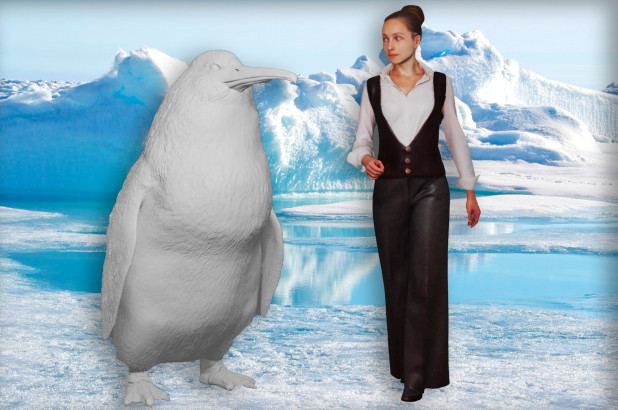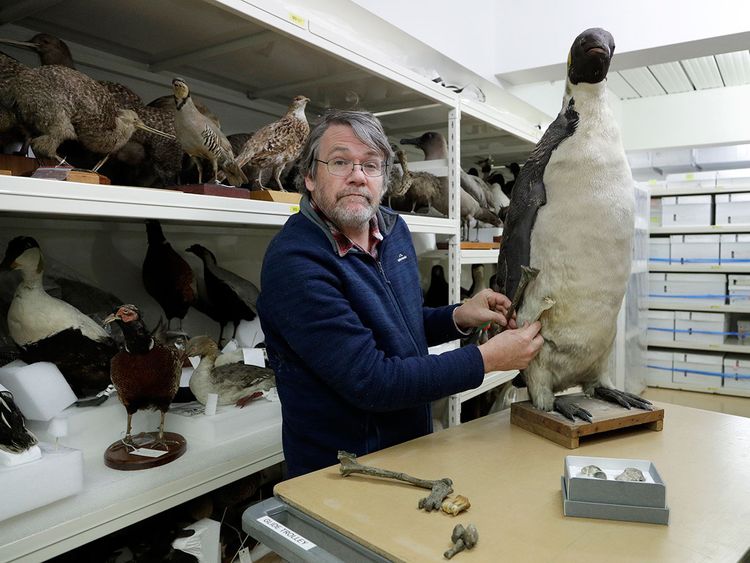The new species, called Crossvallia waiparensis, isn't the first or the largest giant penguin to be found in New Zealand, but the team led by the Canterbury Museum that did the bone analysis say it reinforces the theory that penguins attained a giant size very early in their evolution, during the Paleocene Epoch between 66 and 56 million years ago. C. waiparensis is one of the oldest known penguins and also shows how many animals, especially in island environments, moved into very unlikely environmental niches after the extinction of the dinosaurs.

According to the researchers, C.waiparensis was a close relative of another giant penguin, Crossvallia unienwillia, which lived in Antarctica where its fossils were found in 2000. This indicates not only a direct connection between the Antarctic and New Zealand, but also how much both have changed.

"When the Crossvallia species were alive, New Zealand and Antarctica were very different from today – Antarctica was covered in forest and both had much warmer climates," says Canterbury Museum Senior Curator Natural History Dr Paul Scofield.

Though C.waiparensis was a very large penguin, it wasn't as advanced as its modern counterparts. The leg bones indicate that it used its feet more in swimming than modern penguins, which rely more on their wings, and that it might not have been able to stand upright. In addition, the team expects more exotic penguin fossils to be uncovered at Waipara Greensand.
"The fossils discovered there have made our understanding of penguin evolution a whole lot clearer," says Dr Gerald Mayr. "There's more to come, too – more fossils which we think represent new species are still awaiting description."

The fossils of C. waiparensis along with those of other giant penguins will go on display at Canterbury Museum later this year.
According to newatlas



![[WORLDKINGS] Daily Highlights – February 20, 2020 – Half-mouth toothbrush is claimed to clean all your teeth within 20 seconds](https://indochinakings.org/wp-content/uploads/2020/02/0_vhktomwfhkiivw9divvx_1-218x150.jpg)




